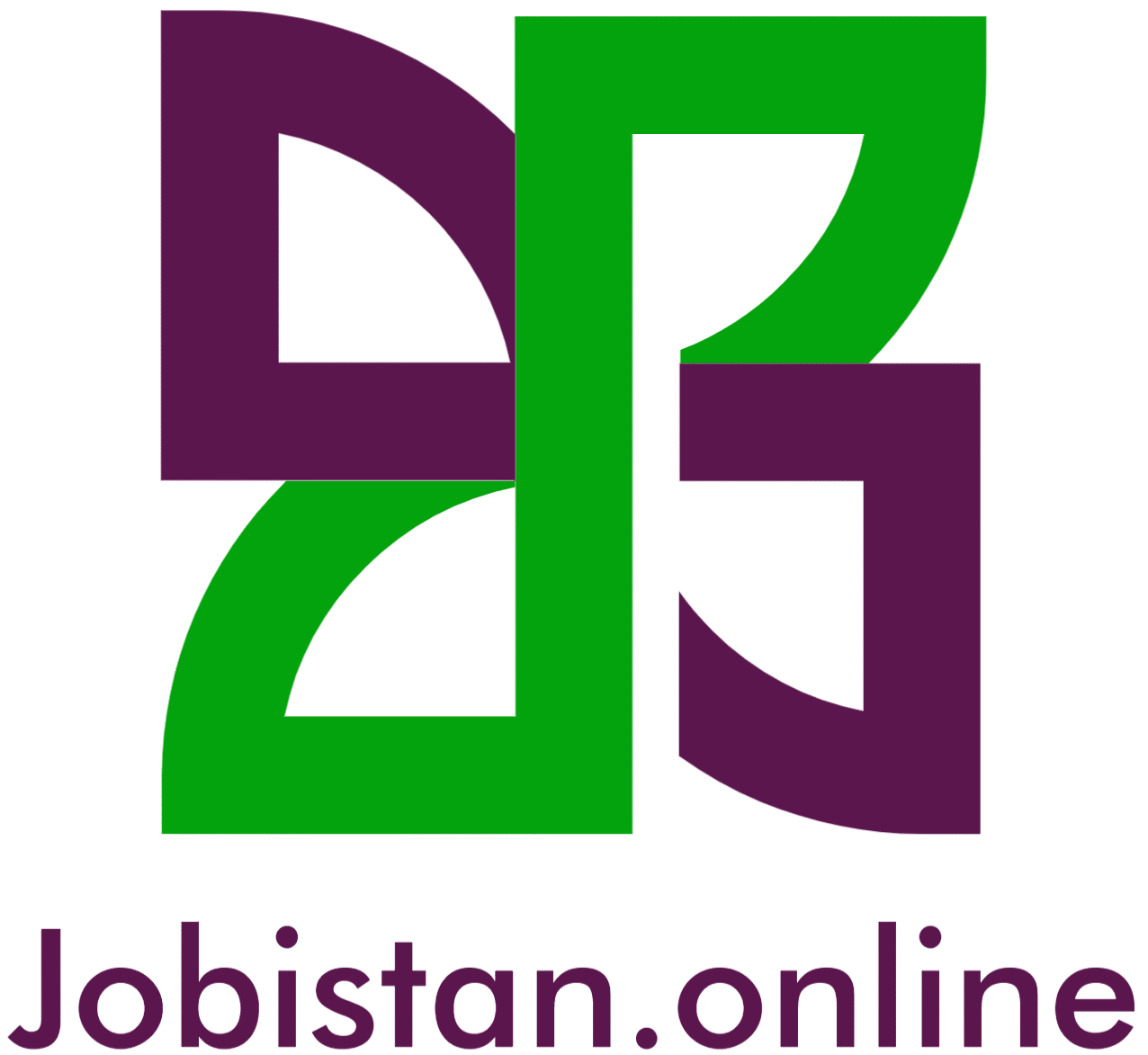Global health has always been a dynamic landscape, shaped by evolving societal, environmental, and technological forces. By 2025, healthcare systems worldwide face mounting pressure to deliver affordable, accessible, and equitable solutions for an increasingly diverse range of challenges. From combating infectious diseases to addressing mental health crises and climate-related health issues, the demand for innovative solutions has never been greater.
This blog explores the ten most pressing global healthcare challenges anticipated in 2025 and provides actionable strategies to tackle them. Whether you’re a healthcare professional, policymaker, or a concerned global citizen, understanding these challenges is the first step toward creating meaningful change.
Infectious Diseases and Emerging Viruses
Even in a post-COVID world, the threat of infectious diseases persists globally. Countries are still grappling with residual effects of the pandemic, while new and emerging viruses create fresh health emergencies.
How Countries are Preparing
Nations are investing heavily in pandemic preparedness, focusing on building robust healthcare infrastructure and enhancing early detection systems.
Vaccination and Response Strategies
Vaccination campaigns remain a top priority, but equitable distribution is a challenge. Organizations like the WHO (World Health Organization) and COVAX are working toward improving vaccine access for low- and middle-income countries.

Mental Health Crisis
Mental health disorders, including anxiety, depression, and PTSD, have risen sharply across the globe, exacerbated by isolation, economic uncertainty, and social pressures.
Identifying the Resource Gap
Mental health resources remain inadequate, particularly in underdeveloped regions where stigma further discourages people from seeking help.
Digital Solutions
Innovative approaches, such as digital therapies, mental wellness apps, and global awareness campaigns, are gaining traction to fill gaps in traditional mental health services.
Healthcare Inequality
Disparities between health outcomes in rich and poor countries represent one of the most glaring global health challenges.
Bridging the Gap
Advanced healthcare technologies like AI, cutting-edge treatments, and telemedicine are primarily limited to wealthier nations. Organizations like the WHO and non-governmental organizations (NGOs) actively campaign for equitable healthcare solutions to ensure treatment access worldwide.
Non-Communicable Diseases (NCDs)
Heart disease, diabetes, and cancer continue to burden global healthcare systems. Modern lifestyles, characterized by poor diets, sedentary habits, and stress, significantly contribute to this rise.
Promoting Prevention
Public health policies promoting healthy diets, regular exercise, and accessible preventive care are essential to reducing the incidence of NCDs. Governments are integrating educational campaigns and wellness programs into schools and workplaces.
Climate Change and Health
Climate change continues to impact global health, exacerbating issues like air and water pollution, the spread of vector-borne diseases, and extreme weather events.
Effects on Health Systems
Heatwaves and flooding strain healthcare infrastructure, especially in regions already vulnerable to environmental threats.
Proactive Adaptation
Global health adaptation strategies focus on reducing carbon footprints, improving disaster preparedness, and addressing climate-linked diseases proactively.
Antimicrobial Resistance (AMR)
The overuse of antibiotics has led to antimicrobial resistance, creating the risk of “superbugs” that conventional medicines cannot treat.
Coordinated Global Efforts
Governments and healthcare organizations have initiated global action plans, including stricter antibiotic regulations, public education, and investment in research to counteract AMR’s threat.
The Role of Technological Innovation
Technological advancements are crucial in addressing modern health challenges, including antimicrobial resistance. Artificial intelligence and machine learning are being utilized to accelerate the discovery of new antibiotics and predict the effectiveness of treatments. Additionally, innovations such as rapid diagnostic tools aid in identifying infections promptly, reducing unnecessary antibiotic use. Biotechnology continues to pave the way for alternative therapies, such as bacteriophages, that could provide sustainable and practical solutions to combat resistant pathogens.
Public Awareness and Behavioral Change
Raising public awareness about the dangers of antimicrobial resistance is essential to mitigate its spread. Educational campaigns encouraging responsible antibiotic consumption, proper hygiene practices, and vaccination compliance are critical. Behavioral changes at the individual level, supported by community-driven initiatives, can significantly contribute to combating this global health threat.
A Collaborative Path Forward
Antimicrobial resistance is a complex issue that requires global collaboration between governments, healthcare providers, researchers, and the public. By combining efforts across sectors and leveraging technological innovations, we can address this growing challenge while protecting the effectiveness of existing antibiotics for future generations.
Healthcare Workforce Shortage
Healthcare worker shortages, exacerbated mainly by the COVID-19 pandemic, persist in 2025, with many regions experiencing critical deficits of doctors and nurses.
Combating Burnout and Shortages
Addressing burnout through improved working conditions, investing in training programs, and utilizing telehealth services can alleviate some of the workload of overwhelmed healthcare professionals.
Digital Health and AI Integration
Technology is revolutionizing healthcare, with AI playing a critical role in streamlining operations, diagnosing diseases, and personalizing patient care.
Digital Health Challenges
While the rise of telemedicine improves access, concerns surrounding privacy, bias in AI algorithms, and technology accessibility need to be addressed.
Policy Solutions
Digital health policies and ethical frameworks are needed to ensure these advancements benefit all.
Access to Essential Medicines
Life-saving medications remain out of reach for millions due to high costs, complicated patent laws, and logistical barriers.
Expanding Accessibility
Increasing the production of generic medicines and updating the WHO’s essential medicines list are critical steps toward improving accessibility.
Removing Pricing Barriers
Collaborations between pharmaceutical companies and governments are essential for reducing drug prices and enhancing affordability.

Aging Population
Populations in many countries are aging rapidly, putting pressure on healthcare systems to address the unique challenges older people face.
Long-Term and Home Care
Elder-friendly policies supporting long-term care facilities, home care services, and geriatric healthcare providers are crucial.
Leveraging Smart Tech
Innovative technology like wearable health devices and telehealth platforms can help monitor and manage chronic conditions in older adults.
Combating Social Isolation
Social isolation is a significant concern among the aging population, as it can contribute to mental health challenges such as depression and anxiety. Community programs, senior centers, and virtual social platforms can foster connections and create opportunities for meaningful engagement. Encouraging intergenerational activities can also help bridge gaps and provide emotional support.
Financial Preparedness
Financial security during retirement has become a critical issue with increasing life expectancy. Governments and institutions must emphasize financial literacy programs, pension plan reforms, and savings incentives to ensure that aging individuals are better equipped to manage their long-term needs. Public-private partnerships can also help design sustainable financial solutions for older people.
Building a Healthier Future
Addressing these healthcare challenges requires collective effort, innovation, and a proactive approach. We can ensure a healthier, more secure global future by focusing on solutions such as preventative care, equitable access, and technological advancements.
Whether you’re a healthcare leader influencing policy or an individual making lifestyle changes, everyone has a role to play. Visit the WHO’s health report 2025 to stay informed and be part of the change.

